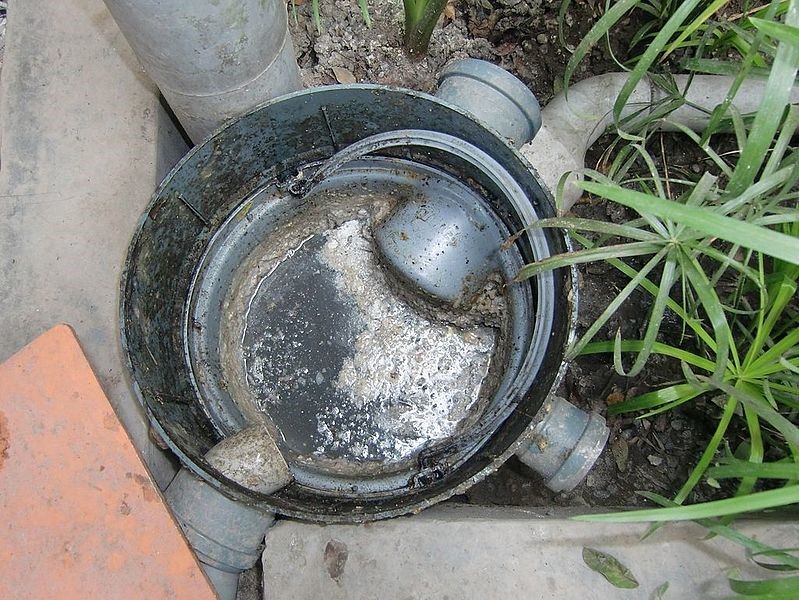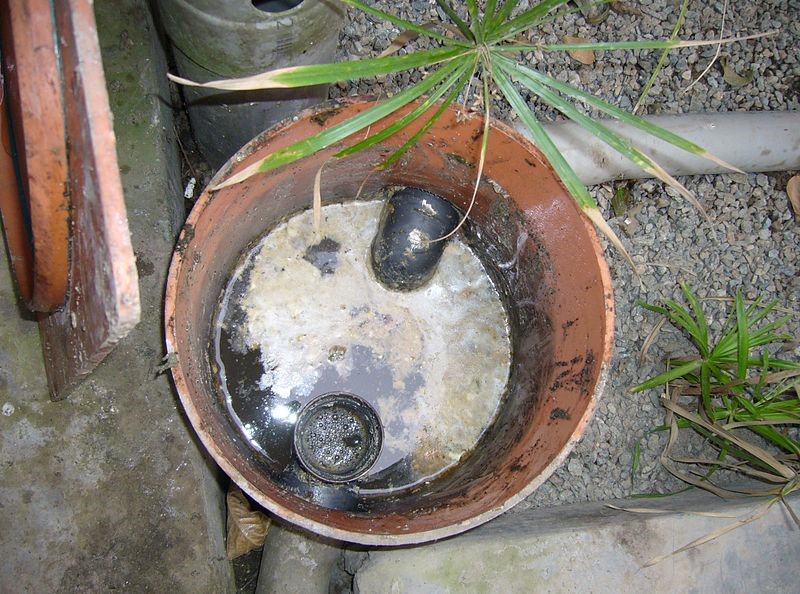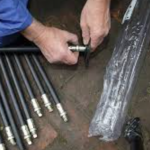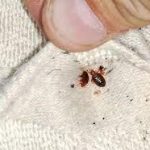It may not be at the forefront of everyone’s mind, but the grease trap is an important part of the UK drainage system.

This is particularly significant given the recent news, as reported in the Guardian, that another giant “fatberg” has been discovered, this time in the drainage system of Sidmouth. With previous fatbergs having already been discovered in London and Liverpool, the need to tackle the problem at its source is more pressing than ever before.
Although wet wipes and nappies are also a part of the problem with UK drains and sewers, the principle culprits are FOGs, more commonly known as Fats, Oils and Grease. They may be liquid at high temperatures, but they trap other waste products as they cool, solidifying to become major blockages.
Installing a grease trap means that FOGs are prevented from accessing drains, and with a legal requirement not to disrupt drainage and sewage systems, it’s down to every business to ensure that they stay on the right side of the law.

Knowing which grease trap to choose is important. There’s a huge variety of types and sizes; just take a look at https://www.ukgreasetrapsdirect.co.uk/ to see what’s available. Broadly speaking, there are three main types of grease traps available:
Hydromechanical
Using a system of gravity combined with heat to separate out FOGs from waste water, the hydromechanical grease trap is usually constructed from steel or carbon. This is an effective system, particularly when upgraded with the addition of a wet waste filter, but a stringent cleaning routine is necessary to keep bad odours to a minimum.
Gravity
Large amounts of water are used to slow down the progress of FOGs through the gravity grease trap, encouraging separation. More efficient than the hydromechanical trap, it also takes up more space. For optimal results, it’s important to choose the appropriate size for your needs.
Automatic
The automatic grease trap relies on electricity and mechanics to separate FOGs from waste water. Smaller and more efficient than the other options, they often include wet waste in a separate compartment, which means that odours are kept to an absolute minimum. Although initially a more expensive option, the ease of maintenance and lack of ongoing costs makes them highly cost-effective in the long-term, in addition to offering superior standards of hygiene.













